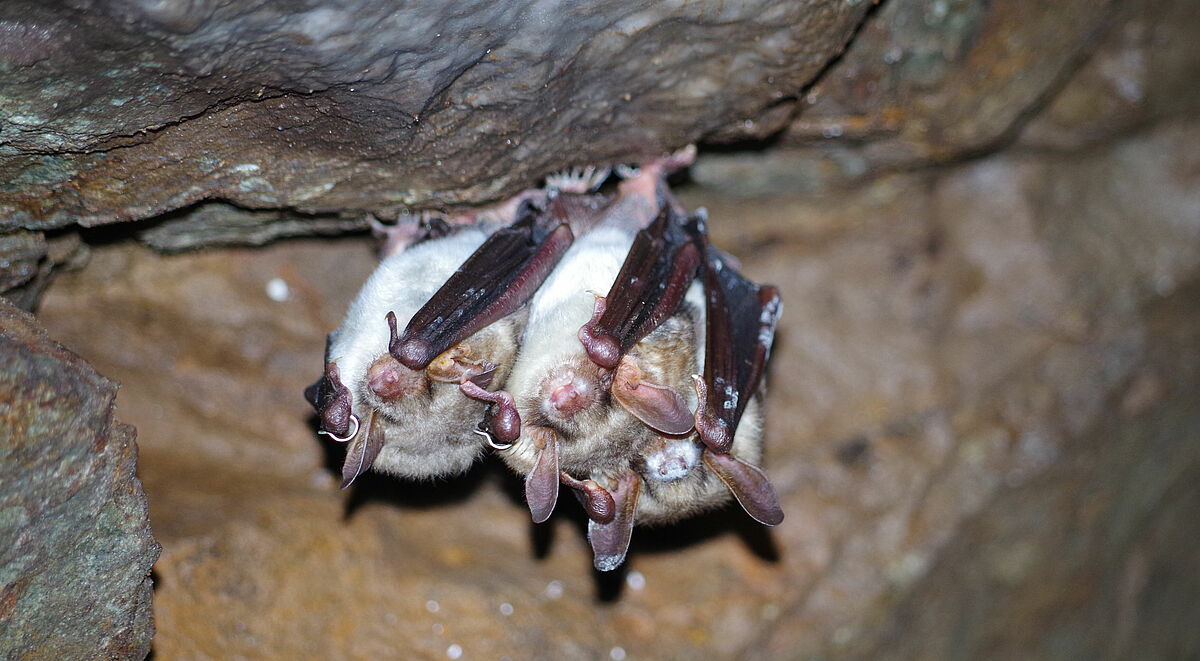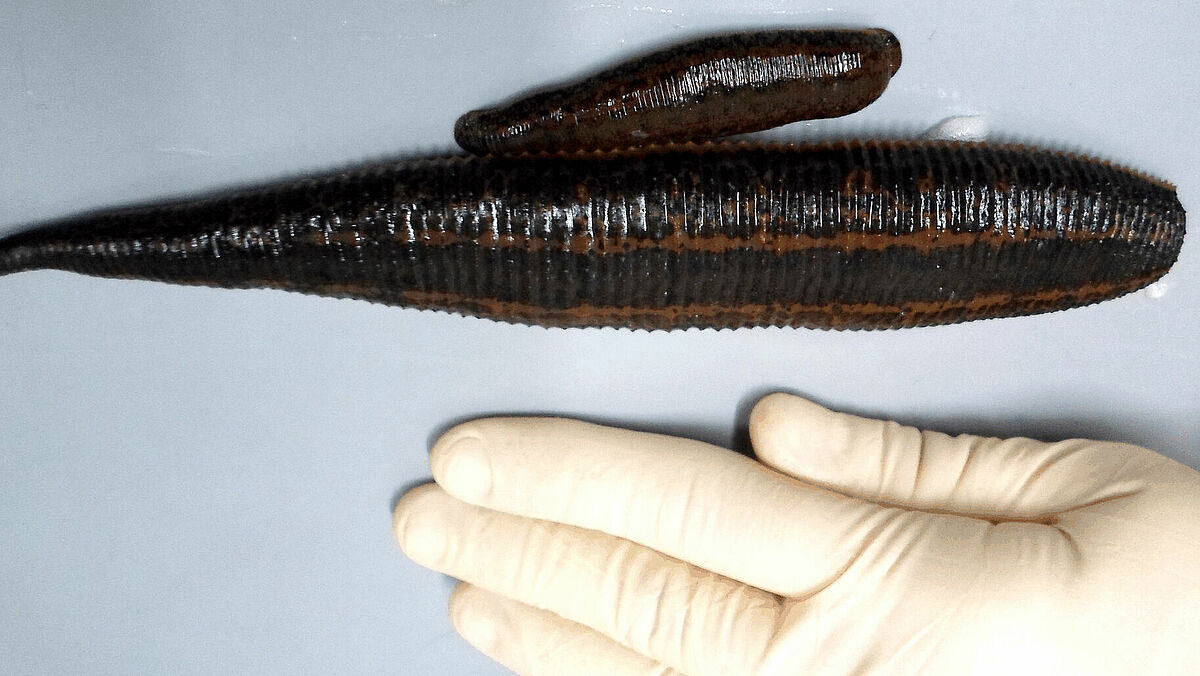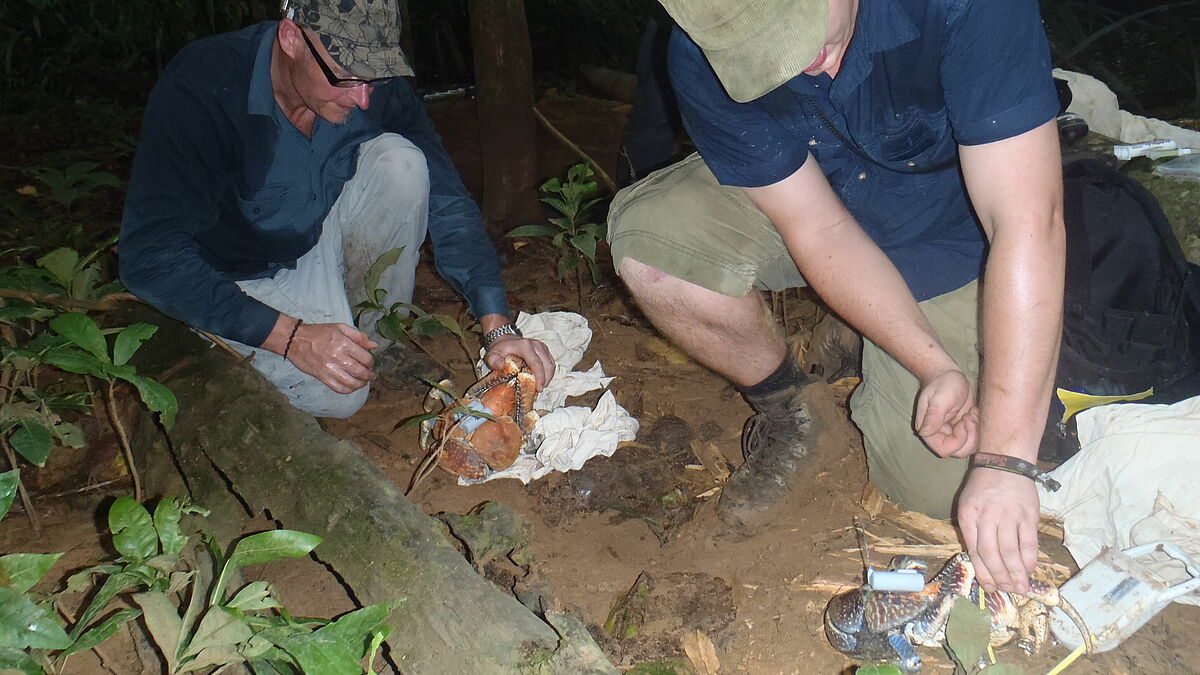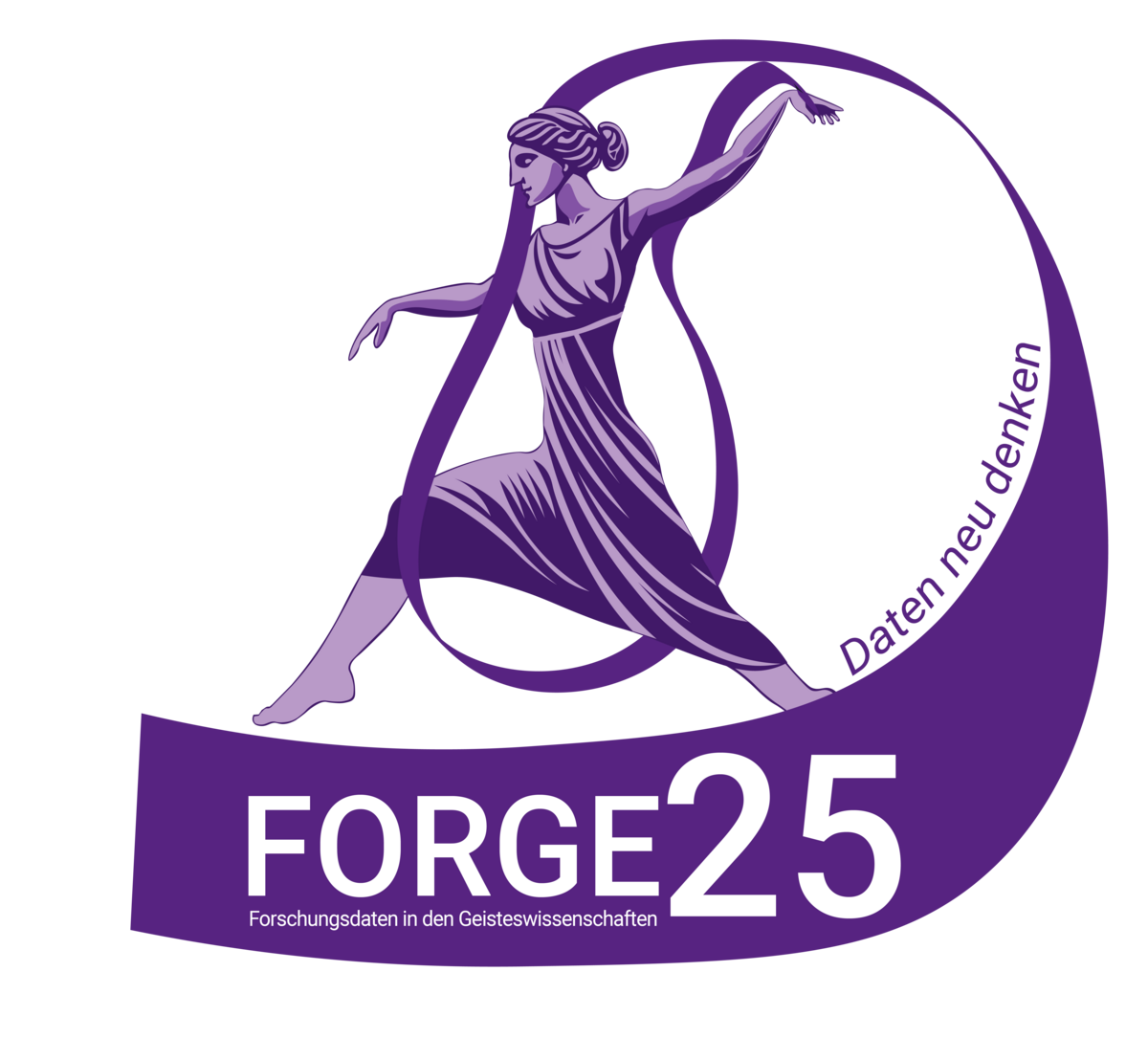An international team of researchers has, for the first time, directly observed how superheated silver nanoparticles form bubbles – a physical process that unfolds on ultrafast timescales and holds relevance for applications in cancer therapy, materials processing, and catalysis.
Several scientists from the Department of Life, Light & Matter (LLM) at the University of Rostock were involved in these groundbreaking experiments: Dr. Ingo Barke, Dr. Robert Irsig, Norman Iwe, Dr. Franklin Martinez, Prof. Dr. Karl-Heinz Meiwes-Broer, Dr. Kevin Oldenburg, and Prof. Thomas Fennel. A key element was the nanoparticle beam source operated by LLM in the basement of the research building. This specialized facility enabled the precise generation and characterization of the silver nanoparticles required for the measurements at the European XFEL.
“Our nanoparticle beam source allows us to produce precisely defined particles – an essential prerequisite for such high-precision experiments,” explains Prof. Meiwes-Broer. The experiments conducted at the European XFEL provided unique insights into the transition from solid to vapor phase under conditions of extreme overheating.
These results impressively demonstrate how specialized infrastructure and interdisciplinary collaboration in Rostock contribute to world-class research – and how the Department of Life, Light & Matter, with its expertise in nanophysics and laser–matter interaction, plays a vital role in uncovering fundamental physical processes.








